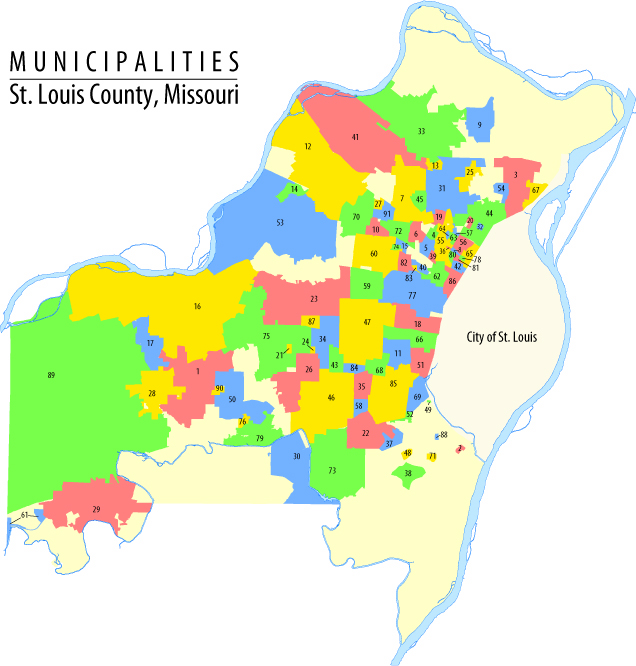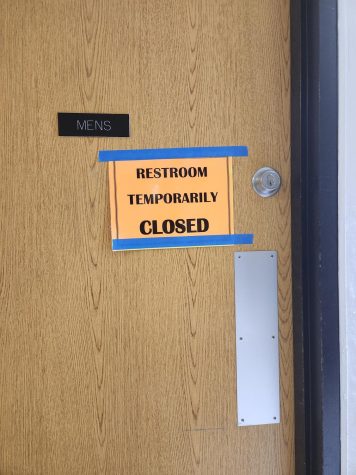STL area misconceptions
Real data shows that our home town isn’t as dangerous as is reported
In June of this year, KSDK published a story claiming that St. Louis was the third worst overall city to live in in the United States. Only three months earlier, Niche.com ranked three St. Louis county suburbs, Brentwood, Clayton, and Richmond Heights, in the top ten places to live in the country. It’s interesting that three of the best places to live in the entire United States are a mere 20 minutes from one of the worst.
The fact is: St. Louis really isn’t one of the most dangerous cities in the country. Not even close. The common misconception that St. Louis is an awful place both damages its reputation, as well as causes many financial problems for the city. Below, I will explain how these misconceptions came to be and what their effects are on St. Louis.
Many people believe that the city of St. Louis is a crime-ridden place. This has come as a result from many reports and statistics that have come out, especially in recent years. However, there is a reason for this.
In 1876, the residents of St. Louis made the vital mistake of voting to divorce the city from the county. At the time, the city was a prosperous place filled with rich people. The county, however, was filled with poor farmers. Because the greedy people in the city didn’t want to pay taxes for the dirty farmers out in the county, they voted to separate. In the long run, this decision has ultimately crippled the city.
St. Louis is one of two cities in the United States that has a divorced city and county. This is an extremely important point because, when articles and statistics come out that claim St. Louis is one of “America’s 10 most dangerous cities,” the county is not being taken into account. In almost every other city, however, their counties are included in the statistics.
Take Chicago for example. On a 100 point scale (100 being the worst), bestplaces.net places St. Louis at a 93.8, which signifies an extremely high crime rate. Chicago, however, is put at an 83.6. The reason for this, however, is because St. Louis’s crime rate doesn’t include the crime rate of the county. Chicago’s, on the other hand, does.
According to STLToday, Velda City in St. Louis county had the biggest increase in crime from 2017 to 2018. This being said, the total amount of crimes committed in the county’s apparent growing crime hub grew from a mere 18 to 34 (accounting for both property and violent crime). This not only shows how percentages can be extremely misleading, but also that the county has a ridiculously low crime rate. If St. Louis’s crime statistics included the county, our city would take on a whole new look.
The apparent solution to this would be to merge the county and the city. This would drop our crime rates, as well as make St. Louis the 8th largest city in the country.
However, there are a lot of issues that would arise from a merger. Taxes would increase to pay for the city, the county and city school systems would be forced to merge; the city and county police and fire departments would also have to combine. These are all extremely complicated issues, and most St. Louisans would rather not have to deal with them.
For now, we need to fight these misconceptions by being informed on our city. Don’t blindly accept statistics and articles that claim St. Louis is an awful place because frankly, they’re not accurate.
















